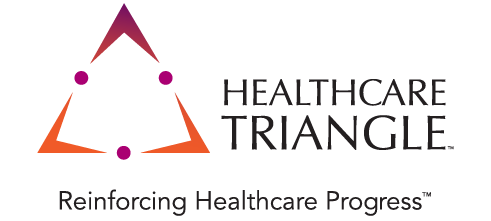Today's Reality: Continuous Security & Compliance
Sudish Mogli - Technology Advisor
Apr 03, 2020
The Need to shift from Incident Security to Continuous Security
Compliance with industry regulations alone cannot protect businesses from security breaches. Changes in the cloud infrastructure are rapid, so an automatic and sustainable approach to cloud security must be in place.
Think the first responder on your network device receives an instant warning about new vulnerabilities, and how to fix them. This is called “continuous security”, and it has a significant increase in the security of your network.
Here are some reasons why Continuous Security is essential
- Dynamic implementation requires continuous security in the cloud
- Multiple services and configuration require continuous security
- Some systems use the cloud and therefore require centralized security
Security Compliance
Continuous security is an ongoing process that configures and manages security controls. With security in mind, compliance is a “health measure” for business security, and you make it a by-product of good security.
-
Know your responsibility
Preparing for a compliance audit is a good job, so the idea of maintaining it permanently may seem overwhelming. Therefore, it can be comforting to see that some areas of cloud compliance are your area of responsibility. -
Configure the alerts properly
Alerts are useful as long as you can follow them. They allow you to see abnormal behaviors that require further investigation in real-time. However, if they are not properly configured or too hard, your team can quickly close their eyes and place them in the gray compliance areas. -
Ensure visibility
It’s not always a direct way to ensure cloud compliance as your business grows. If a new server is simplified, more and more employees have access to the corporate system and more data is processed and stored, and be sure that they meet the requirements. -
Being incessantly compliant
Continuous cloud compliance is an achievable goal with a little preparation. As long as you know which compliance requirements, you need to comply with, your warnings are adjusted and your security solutions can be measured, you can say with certainty that you meet 24/365 compliance.
How to Achieve Continuous Security
Of course, humans cannot check multiple builds a day; we need a security team that can think about security requirements, restrictions, and best practices and automates the process.
- First and most important is automation: you need to improve and speed up your security process to keep up with the demand.
- Visibility: each team member can access and study security rules, which eliminates knowledge silos.
- Traceability: to have a version and ownership of each modification that you make.
Best Practices and Continuous Security
Here are the best methods to sustain Continuous Security.
Network Security should be implemented from the inception to execution not be an afterthought. Best practices for sustainable continuous security.
- Focus on Tools to implement all the processes & keep on improving them
- Enable monitoring of all relevant components of your infrastructure
- Ensure quality through regular deployment
- Setup notifications and actionable alerts
- Prepare user-based dashboards for reporting


